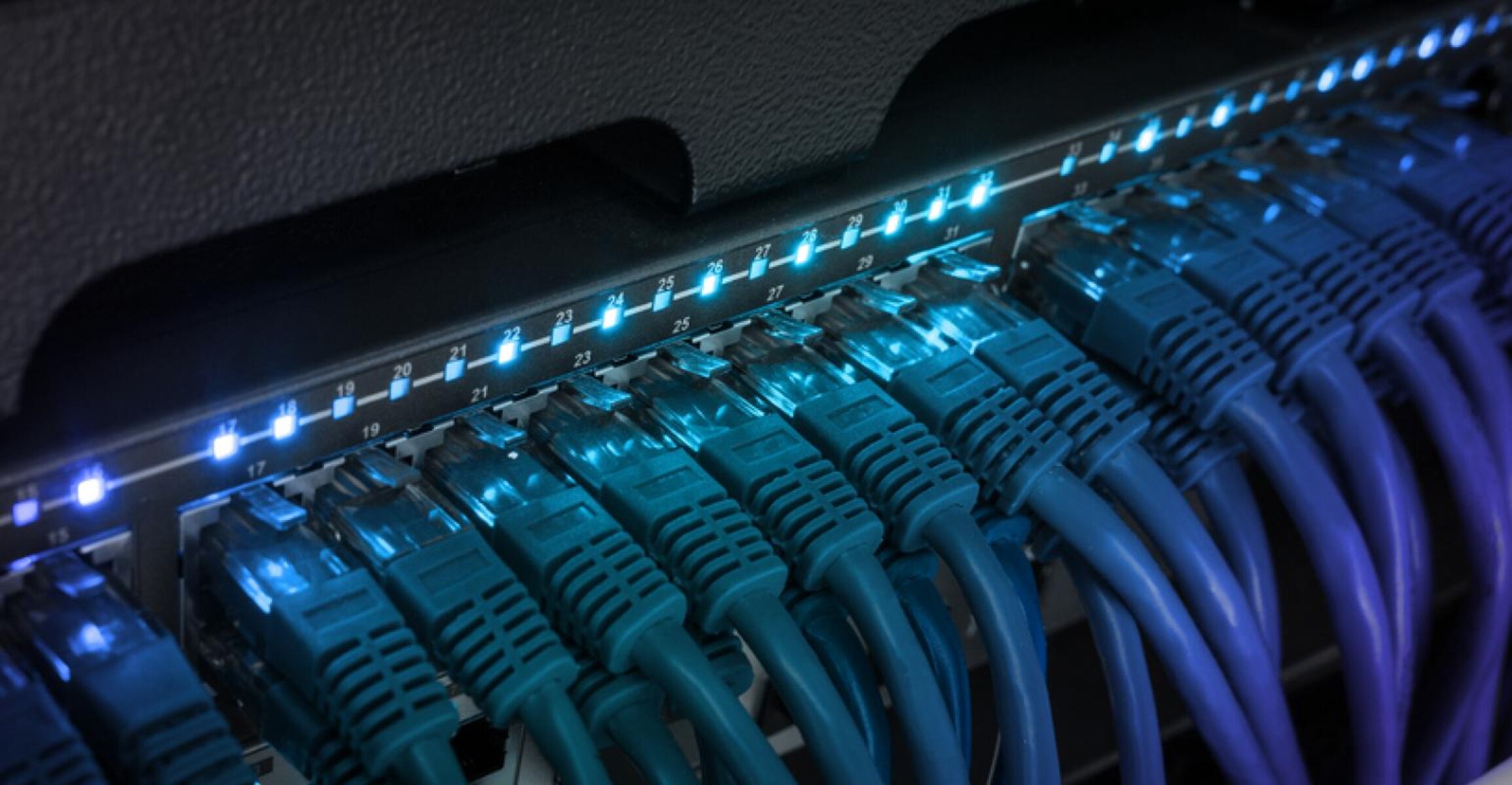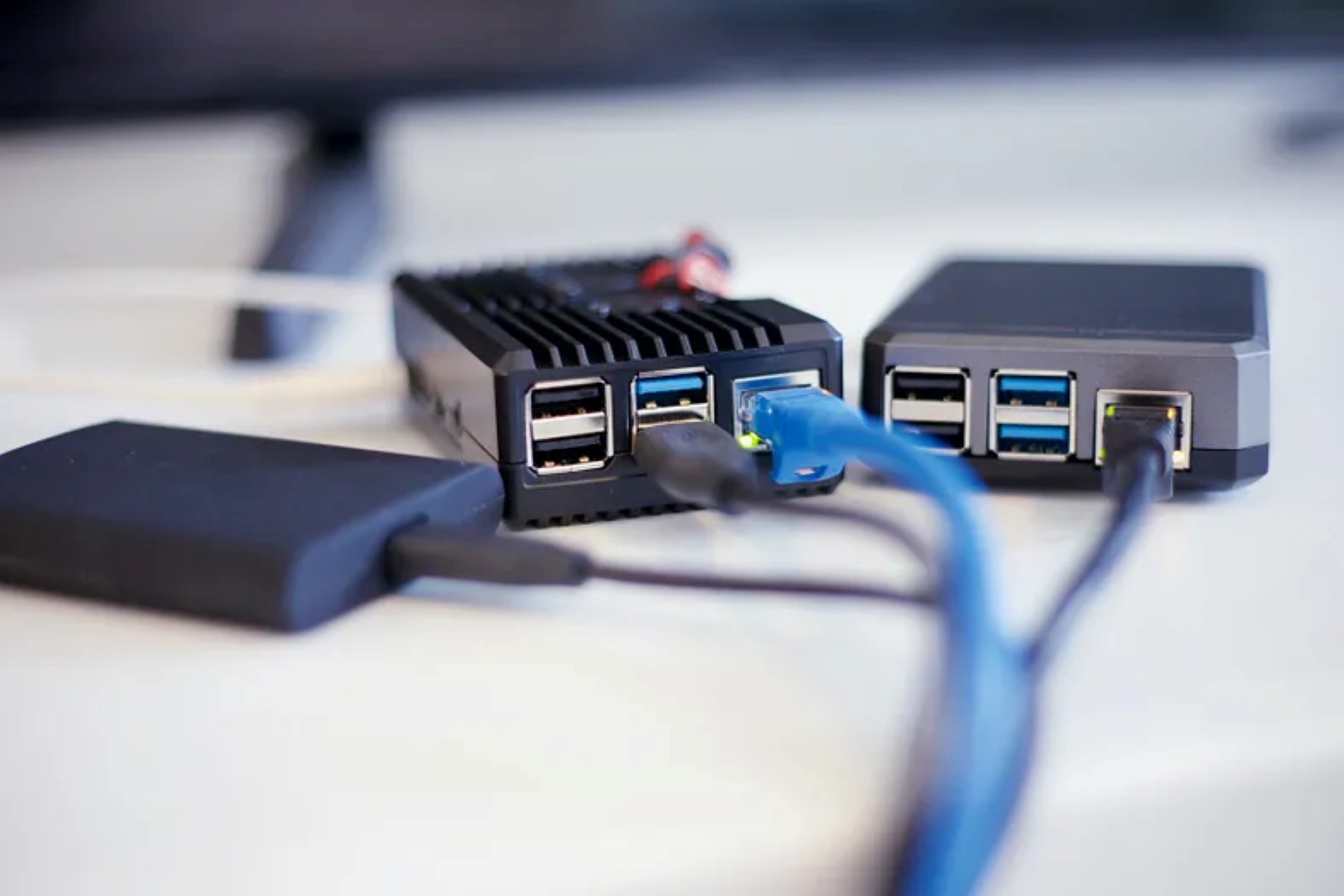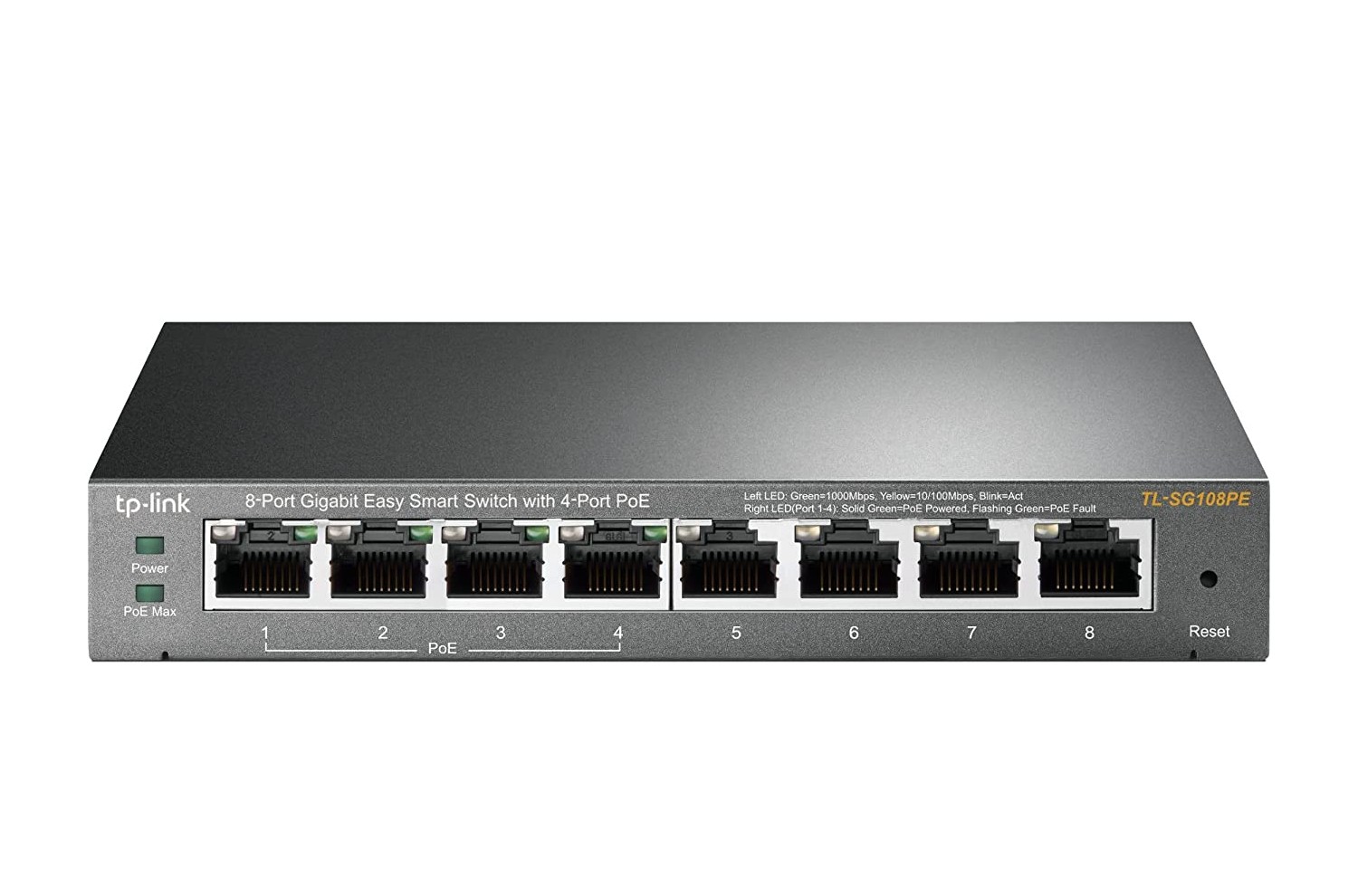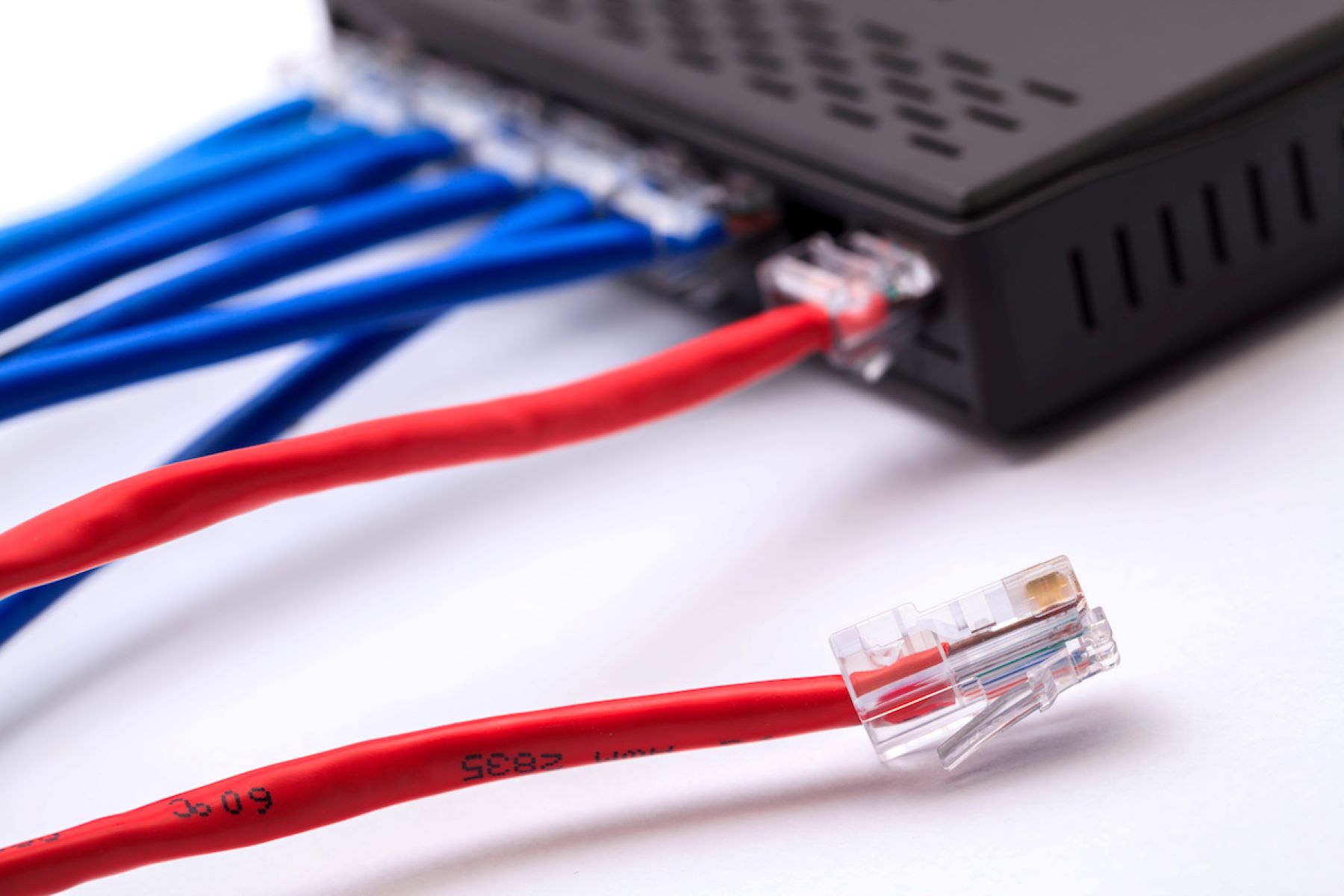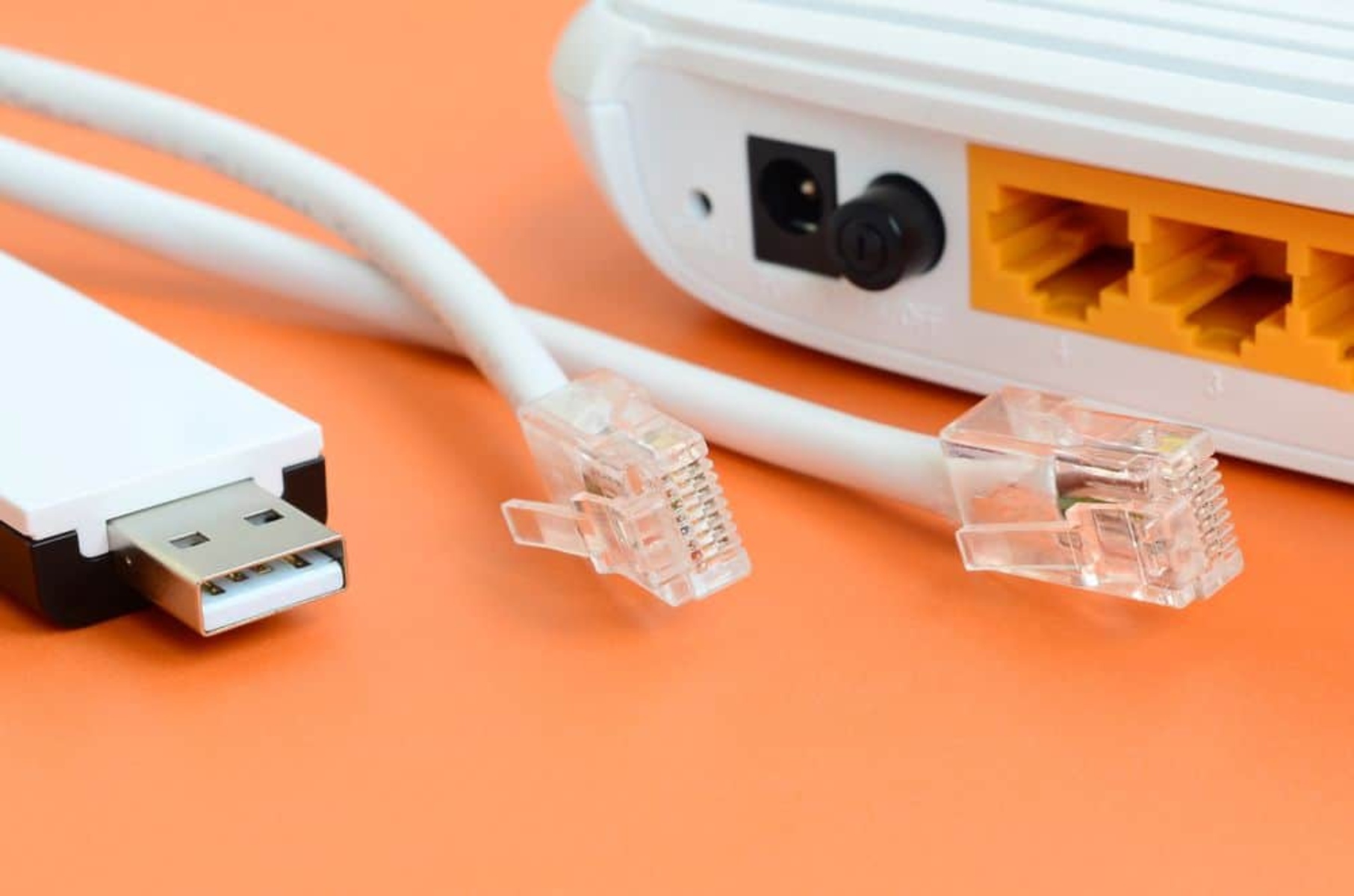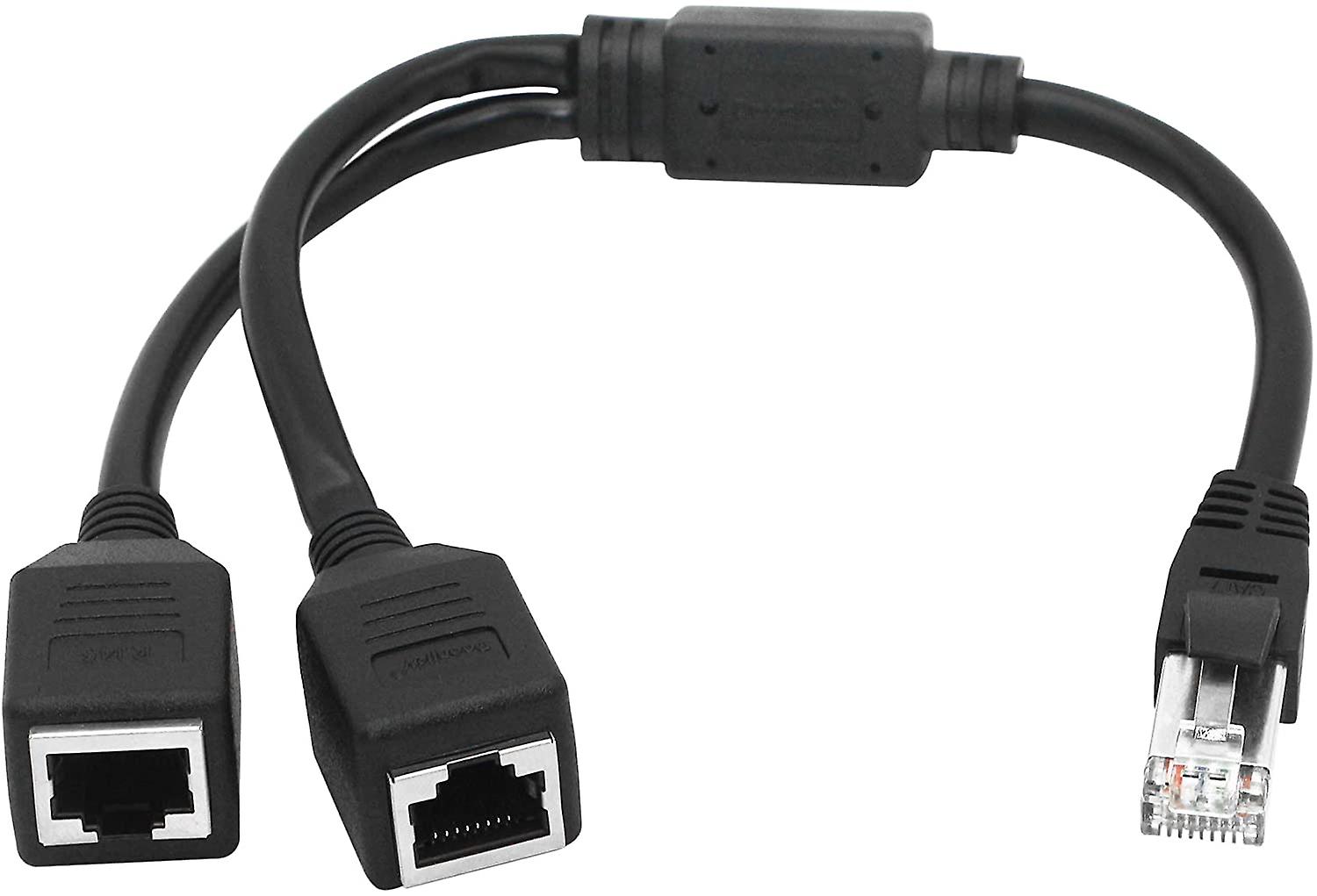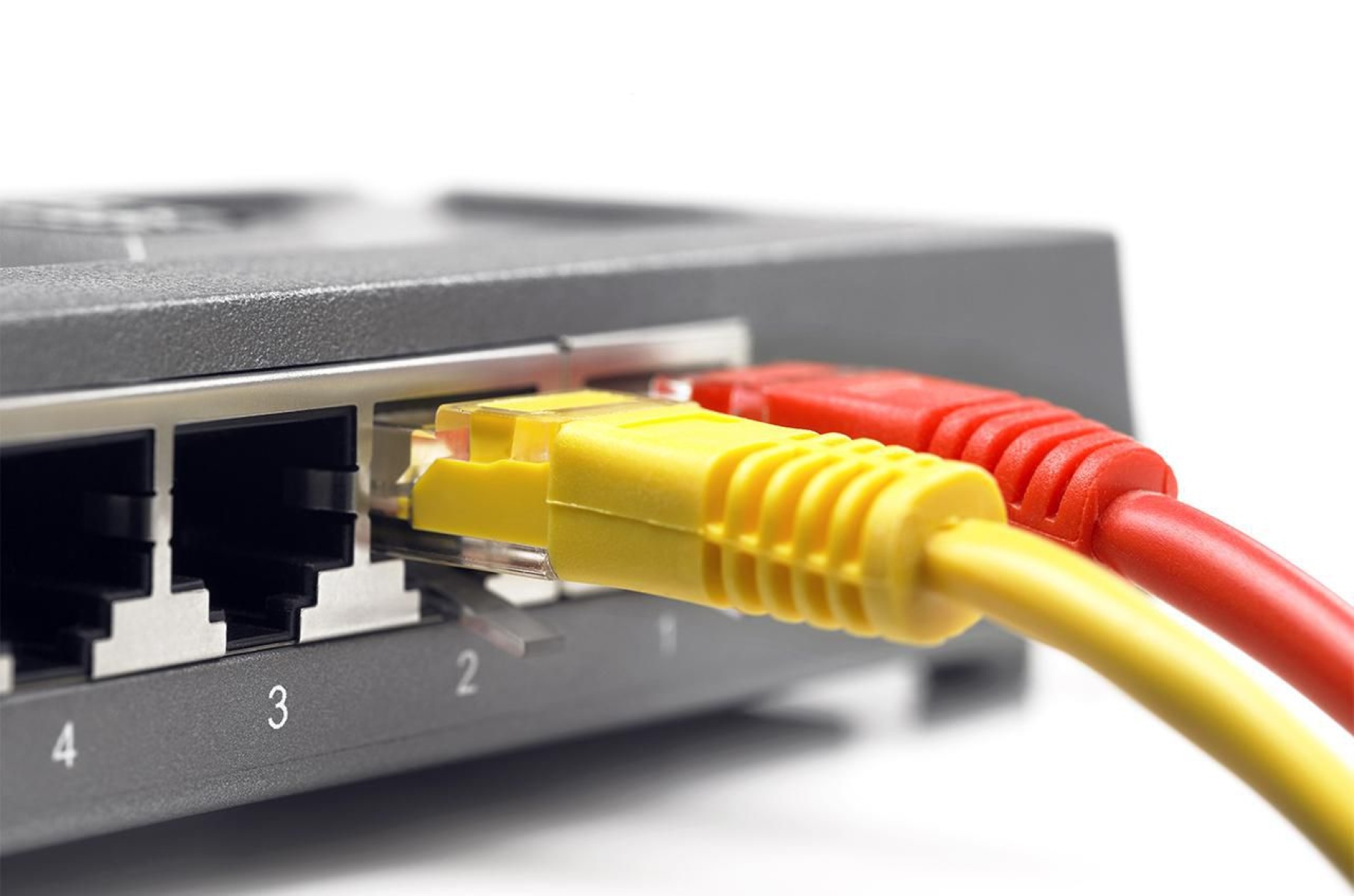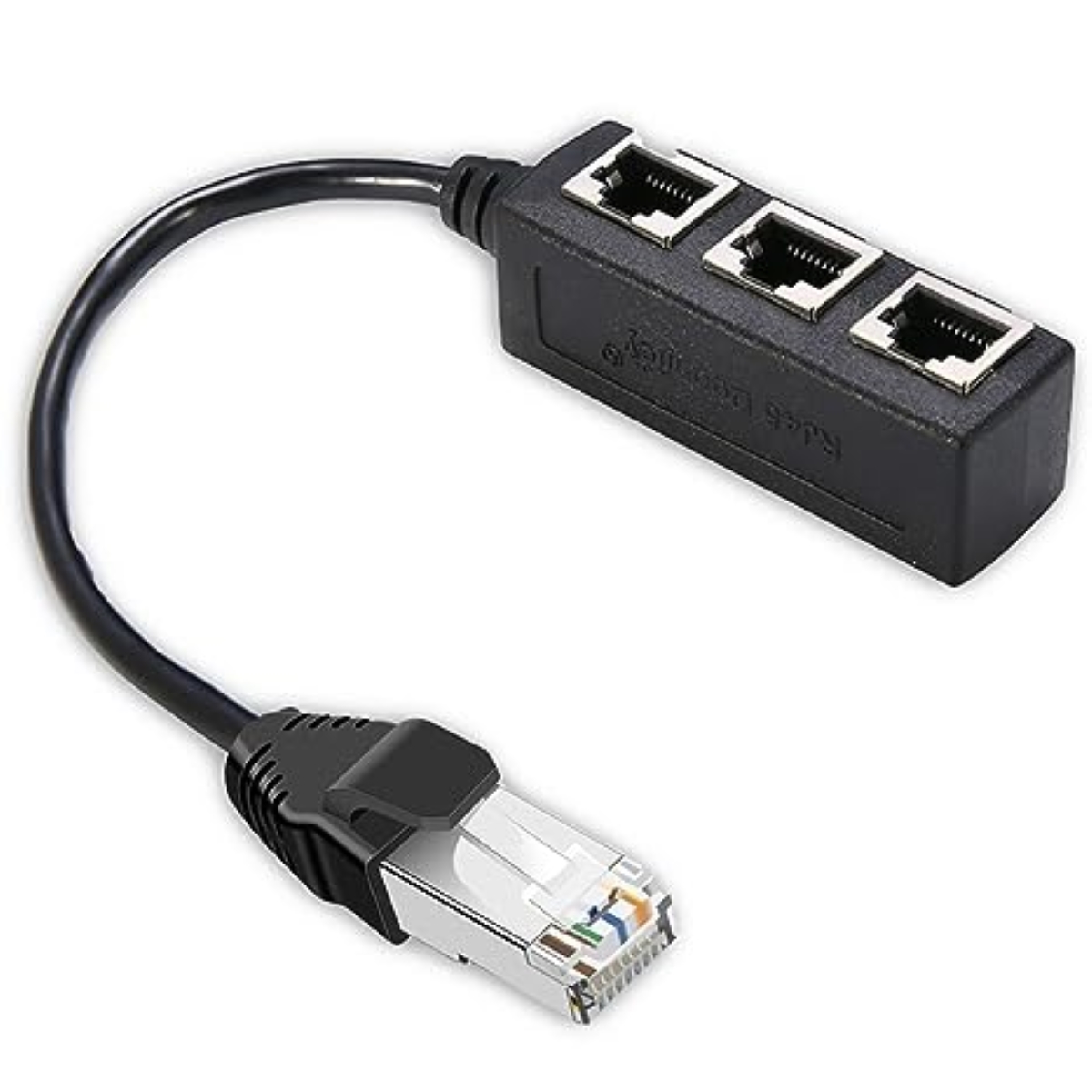Introduction
Ethernet network switches play a pivotal role in modern networking, facilitating the seamless transfer of data within local area networks (LANs). These devices act as intelligent intermediaries, efficiently directing data packets to their intended destinations. As the backbone of many network infrastructures, Ethernet switches have become indispensable in ensuring smooth and reliable communication across a myriad of devices, from computers and printers to IP cameras and wireless access points.
In the following sections, we will delve into the inner workings of Ethernet network switches, explore the different types available, and highlight the myriad benefits they offer. Additionally, we will provide valuable insights into the considerations to keep in mind when selecting the right Ethernet network switch for specific networking needs.
Understanding the fundamental role of Ethernet network switches is crucial for anyone involved in network administration, whether in a professional capacity or as an enthusiast. By gaining insight into the intricacies of these devices, individuals can optimize network performance, bolster security, and effectively manage the flow of data within their respective environments.
Let's embark on a journey to uncover the nuances of Ethernet network switches, unraveling their mechanisms, and shedding light on their indispensable role in modern networking landscapes.
How Does an Ethernet Network Switch Work?
An Ethernet network switch operates by receiving data packets from devices connected to the network and intelligently directing them to their intended destinations. Unlike traditional hubs, which broadcast data to all connected devices, switches use a method known as packet switching to optimize data transmission within the network.
When a device connected to the switch sends data, the switch examines the destination address of the data packet and determines the most efficient path to deliver it. This process, known as forwarding, allows switches to selectively transmit data only to the devices for which it is intended, thereby conserving network bandwidth and enhancing overall efficiency.
Furthermore, Ethernet switches utilize MAC (Media Access Control) addresses to identify devices on the network. Each device connected to the switch is assigned a unique MAC address, enabling the switch to maintain a table that maps these addresses to the physical ports to which the devices are connected. By referencing this table, the switch can accurately direct data packets to their respective destinations, streamlining the flow of information across the network.
Moreover, modern Ethernet switches often incorporate advanced features such as VLAN (Virtual Local Area Network) support, Quality of Service (QoS) capabilities, and port mirroring, allowing for enhanced network segmentation, prioritization of traffic, and efficient network monitoring, respectively. These features empower administrators to optimize network performance, bolster security, and tailor the network infrastructure to meet specific organizational requirements.
By leveraging these intelligent mechanisms, Ethernet network switches form the backbone of efficient and secure data transmission within local area networks, enabling seamless communication and collaboration across a diverse array of connected devices.
Types of Ethernet Network Switches
Ethernet network switches come in various types, each designed to cater to specific networking needs and scenarios. Understanding the distinctions between these types is crucial for selecting the most suitable switch for a particular environment. Some common types of Ethernet network switches include:
- Unmanaged Switches: These switches are plug-and-play devices that operate without the need for configuration. They are ideal for small networks and are straightforward to set up, making them a popular choice for home and small business environments.
- Managed Switches: Unlike unmanaged switches, managed switches offer advanced features and configurability. Network administrators can exercise greater control over managed switches, enabling them to optimize performance, implement security measures, and tailor the network to specific requirements.
- Layer 2 Switches: These switches operate at the data link layer (Layer 2) of the OSI model and use MAC addresses for packet forwarding. They are adept at creating separate collision domains, enhancing network efficiency and security.
- Layer 3 Switches: Also known as multilayer switches, these devices operate at the network layer (Layer 3) of the OSI model. They can perform routing functions in addition to the capabilities of Layer 2 switches, offering enhanced scalability and performance for larger networks.
- Stackable Switches: Stackable switches can be interconnected to form a single, unified switch, providing improved scalability and simplified management. This type of switch is well-suited for expanding network infrastructures while maintaining seamless operation.
- PoE Switches: Power over Ethernet (PoE) switches integrate the capability to deliver power to connected devices, such as IP phones, wireless access points, and surveillance cameras, over the Ethernet cable. This eliminates the need for separate power sources at the device locations, simplifying installation and reducing costs.
Each type of Ethernet network switch offers unique advantages and is tailored to specific networking requirements. By carefully assessing the needs of the network and understanding the capabilities of each switch type, organizations can make informed decisions when selecting the most suitable switch for their infrastructure.
Benefits of Using an Ethernet Network Switch
Employing Ethernet network switches in a network infrastructure yields a multitude of benefits, significantly enhancing the efficiency, security, and scalability of the network. Some key advantages of using Ethernet network switches include:
- Improved Performance: Ethernet switches facilitate faster data transfer by intelligently directing traffic only to the intended recipients, reducing congestion and optimizing network performance.
- Enhanced Security: By selectively forwarding data packets based on MAC addresses, switches bolster network security by preventing unauthorized access and mitigating the risk of eavesdropping on sensitive information.
- Network Segmentation: Switches enable the creation of separate segments within the network, enhancing security and performance by isolating traffic and preventing broadcast storms that can disrupt network operations.
- Scalability: With the ability to expand network capacity and accommodate additional devices, Ethernet switches provide scalability, allowing organizations to adapt to evolving network requirements without compromising performance.
- Quality of Service (QoS): Many Ethernet switches support QoS features, enabling administrators to prioritize critical traffic, such as voice and video data, to ensure optimal performance for essential applications.
- Centralized Management: Managed switches offer centralized management capabilities, allowing administrators to configure, monitor, and secure the network from a single interface, streamlining administrative tasks and enhancing network control.
- Power over Ethernet (PoE) Support: PoE switches simplify the deployment of network devices by providing power and data connectivity over a single Ethernet cable, reducing installation costs and complexity.
These benefits collectively contribute to the seamless operation of network infrastructures, empowering organizations to achieve efficient data transfer, robust security measures, and adaptable network architectures that align with their evolving needs.
Considerations When Choosing an Ethernet Network Switch
When selecting an Ethernet network switch, several crucial considerations should guide the decision-making process to ensure that the chosen switch aligns with the specific requirements of the network environment. Key factors to consider include:
- Port Count and Speed: Assess the number of devices that need to be connected to the switch and the required data transfer speeds to determine the appropriate port count and speed capabilities of the switch.
- Managed or Unmanaged: Evaluate whether the network demands advanced features and configurability offered by managed switches or can operate efficiently with the simplicity of unmanaged switches.
- Layer 2 or Layer 3 Capabilities: Determine whether the network necessitates the routing capabilities and scalability provided by Layer 3 switches or can be effectively managed with Layer 2 switching functionality.
- Power over Ethernet (PoE) Requirements: If the network includes devices that can be powered via PoE, such as IP phones and wireless access points, consider the need for PoE support in the switch.
- Quality of Service (QoS) Support: For networks with applications requiring prioritization of traffic, such as voice and video data, ensure that the switch offers robust QoS capabilities to meet performance demands.
- Scalability and Stackability: Assess the potential for future network expansion and determine whether stackable switches or scalable configurations are necessary to accommodate evolving requirements.
- Budget and Total Cost of Ownership: Consider the initial investment and long-term costs associated with the switch, including power consumption, maintenance, and potential future upgrades.
- Security Features: Evaluate the security measures provided by the switch, such as access control lists, port security, and secure management interfaces, to ensure the protection of sensitive data and network resources.
By carefully evaluating these considerations and aligning them with the specific needs and growth trajectory of the network, organizations can make informed decisions when selecting an Ethernet network switch, ensuring that it effectively supports the current and future demands of the network infrastructure.
Conclusion
Ethernet network switches form the cornerstone of modern networking, facilitating efficient data transfer, robust security measures, and scalable network architectures. Understanding the inner workings and diverse types of Ethernet switches is paramount for optimizing network performance and effectively addressing the unique requirements of various network environments.
By harnessing the capabilities of Ethernet network switches, organizations can realize a myriad of benefits, including improved data transfer speeds, enhanced security, network segmentation, and streamlined management. The versatility of Ethernet switches, ranging from unmanaged plug-and-play devices to advanced managed switches with Layer 3 capabilities and PoE support, empowers organizations to tailor their network infrastructures to suit their specific needs.
When embarking on the selection of an Ethernet network switch, meticulous consideration of factors such as port count, managed or unmanaged functionality, Layer 2 or Layer 3 capabilities, PoE requirements, QoS support, scalability, budget, and security features is imperative. By carefully evaluating these considerations, organizations can make informed decisions that align with their current networking needs and future growth trajectories.
In essence, Ethernet network switches are not merely networking devices; they are enablers of seamless communication, robust security, and scalable network infrastructures. As technology continues to evolve, Ethernet switches will remain indispensable components in the ever-expanding landscape of network connectivity, empowering organizations to achieve optimal performance and adaptability in their networking endeavors.







